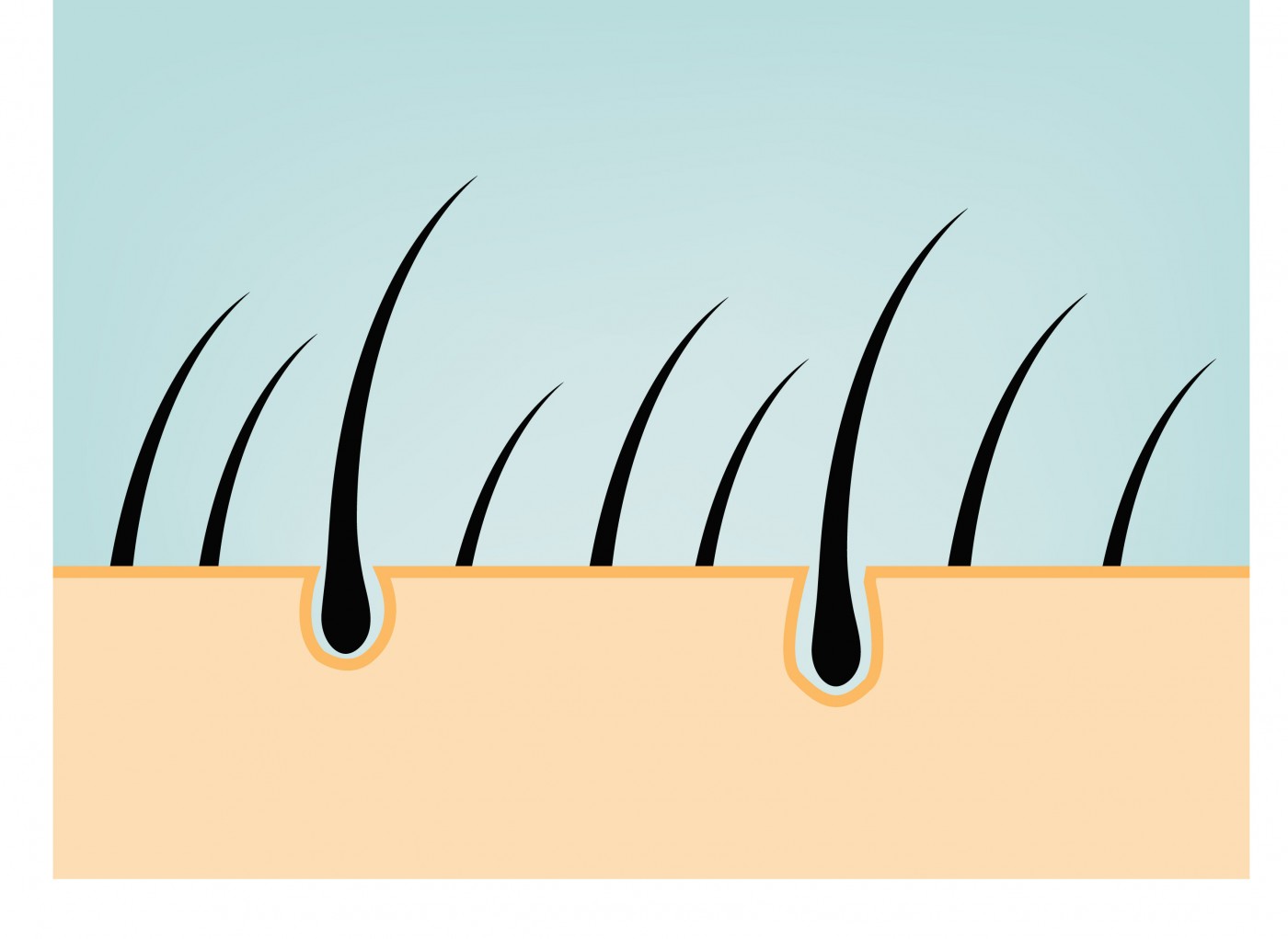Patients’ Hair Used to Identify Gene Variant Leading to Alport Syndrome

Using plucked hairs from patients, researchers found a variant in the COL4A5 gene leading to hereditary Alport syndrome. This analysis may constitute a new, less-invasive method for diagnosing the disease.
Results of this work were published in the journal Pediatric Nephrology under the title “Functional Assessment Of A Novel COL4A5 Splice Region Variant And Immunostaining Of Plucked Hair Follicles As An Alternative Method Of Diagnosis In X-Linked Alport Syndrome”.
Alport syndrome is mainly characterized by kidney failure due to mutations in the COL4 family of genes, including the COL4A4, COL4A3 and COL4A5 genes – genes that produce collage proteins, which are expressed in the skin and in cells lining certain organs, such as kidneys. Patients with mutations in the COL4A5 gene have a large variability in the clinical course with a lifetime risk of developing severe kidney disease.
The study followed families with Alport syndrome whose diagnosis was made by kidney and/or skin biopsy in at least one individual in each generation. The affected family members had persistent hematuria (presence of red blood cells in the urine).
Using DNA sequencing technology (that allows the detection of mutations and other genetic anomalies), researchers found a mutation in the COL4A5 gene (c.1780- 6T>G) in an individual with Alport syndrome, whose family had affected members in each generation.
For instance, his mother and uncle developed persistent hematuria during the first decade of life. His uncle progressed to end-stage renal disease by the age of 14 years and his mother developed chronic kidney disease (CKD) stage 3 by the time of the study. The individual and his brother developed hematuria and proteinuria when they were 5 years old and have received angiotensin converting-enzyme inhibitor/angiotensin-receptor blocker (ACEi/ARB) therapy since they were 8 and 7, respectively.
Further analyses showed the mutation identified in the COL4A5 gene led to the production of a faulty collagen IV protein. As this protein is expressed in the skin, researchers explored whether they could detect the mutation in the patients’ hair, as well.
To do so, they analyzed the DNA extracted from plucked hair from patients and healthy individuals of the studied family to examine the levels of collagen IV proteins. They found that hairs plucked from affected individuals were less likely to have a basement membrane attached to the hair root (a sign of deficient production of collagen IV proteins) than the unaffected individuals, confirming their previous results.
“[T]his study reports a novel … variant in … COL4A5… in a family with [Alport syndrome],” researchers wrote. “This mutation likely leads to the expression of mostly abnormal transcripts, but also some normal transcripts, which may partially explain the variable intrafamily phenotypes seen in individuals carrying the mutation.”
“Furthermore, we describe a novel non-invasive method to characterize [collagen IV] protein deposition in the basement membranes of plucked hair follicles that may be an alternative method of diagnosis for Alport syndrome,” the researchers added.







Leave a comment
Fill in the required fields to post. Your email address will not be published.